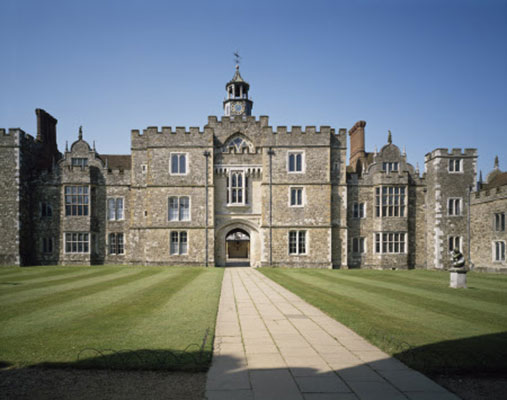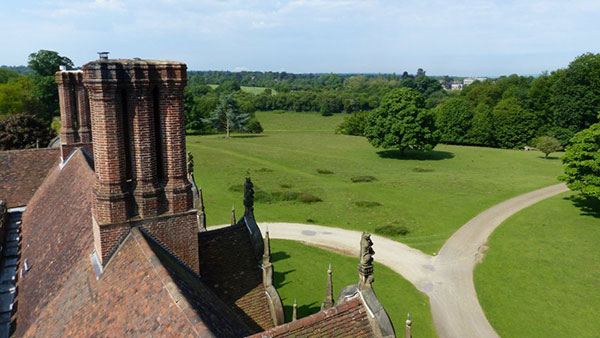Knole Conservation Team Blog
An insight into the weird and wonderful life of a National Trust Conservation Team at one of England’s greatest houses.
Here at Knole we are blessed with many fantastic volunteers. Our volunteers contribute in all sorts of ways; whether it be Room Guiding, helping the conservation team, admin or mucking in with our Premises team, they’re always here to help.
One of the more little known contributions of volunteers at Knole is in the field of poetry! There is a strong literary tradition at Knole with Thomas Sackville, 1st Earl of Dorset and man most responsible for Knole as you see it today, being a respected poet in his day. From Thomas in the 17th century right down the generations to the 20th century. Vita Sackville-West was a successful writer and poet and her cousin Eddy a novelist and music critic.
Today some of our volunteers take up the mantle of poet with Clare Fallows, a 42 year veteran of Knole producing several wonderful poems about the place.
Clare has been a stalwart here at Knole and has recently written a fantastic poem about the witch marks we are continuing to uncover here at Knole. She has kindly allowed us to share it with you here. I hope you enjoy it as much as I have!
Which is Witch?
Now down at old Knole there are witch marks galore
And each day, it seems, we are finding yet more,
But are these strange symbols what they seem to be?
Let’s look into the past and perhaps we shall see.
It’s 1605 and the whole house is humming;
With numerous labourers going and coming
The great Thomas Sackville to please is their task
So they must obey him, whate’re he should ask.
He fervently hopes that King James shall one day
In this beautified dwelling be willing to stay,
But all must be flawless, the peak of perfection,
And naught left to chance for the monarch’s protection.
For at night could come witches with evil intent
With spells and with curses on wickedness bent.
So Sackville’s commanded that marks must be made
Convinced that these signs will such beings dissuade.
His men will comply, for they’re filled with alarm
And dread a dire fate should the king come to harm.
Thus on panels and doorways the witch marks they leave
So the house will be fit a royal guest to receive.
But among them’s a rebel; Luke’s known for his jokes
And he has devised an impertinent hoax.
He scoffs at these witch marks, at sorcery jeers
Deriding his workmates, dismissing their fears.
So when evening comes and the labour must cease
Luke lingers awhile and when all is at peace
He takes up his tools, finds a chisel and blade
And in no time at all, many “witch marks” he’s made!
There are scratches and circles and lines to be seen
But Luke alone knows what those characters mean.
His sweetheart and sisters’ initials are there,
The circles their faces, the grooves for their hair.
His friends see the work and are somewhat impressed.
They’ve seen many witch marks and these are the best.
About their creator there’s much speculation
But Luke remains silent and hides his elation.
He’s proud and he’s gleeful, of that there’s no doubt,
Yet anxious as well, lest his mischief’s found out.
He’s beginning to dread that the men are suspicious
When Sackville arrives at a moment propitious!
And seeing the symbols, he’s happy and thrilled
That his wishes have all been so ably fulfilled.
I am sure that Luke’s work is at Knole to this day
But which marks are witch marks? Can anyone say?
Clare Fallows, May 2016
This is such an inspiring reaction to archaeology and our ongoing conservation project it’s just one of the many reasons we’re so lucky to have our volunteers.
To hear Clare talk about her four decades of service here at Knole click here:
http://www.knolestories.org.uk/content/working-at-knole/volunteers/clare-fallows
To find our more about witch marks and medieval graffiti have a look at these links below:
http://www.medieval-graffiti-kent.co.uk/
http://www.knolestories.org.uk/content/working-at-knole/ibk/nathalie-cohen





